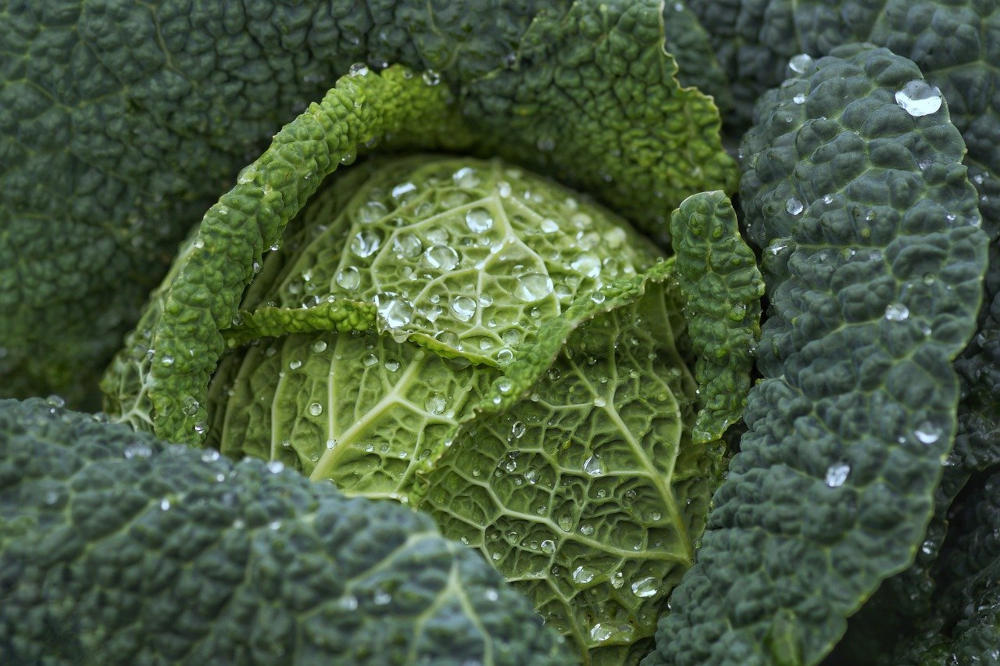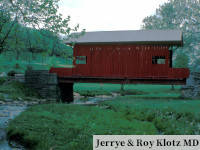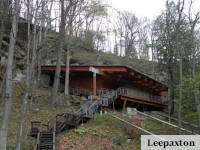Where Do The Raindrops Go?

Where do the raindrops go when they fall on different places in Washington County? That is, after they drip off people’s noses, make puddles that soak shoes and socks, or hydrate trees, insects and thirsty farm crops.
Some of the water remains in the ground to recharge groundwater aquifers. A bit of it evaporates. The rest makes its way into a local stream.
The different courses taken by raindrops starting in the local streams can be followed on a topographical map at River Runner, a new website where people can “drop a raindrop anywhere in the contiguous United States and watch where it ends up,” the website writes.
- Raindrops that fall on Washington, PA get into Chartiers Creek. They’re washed 36 miles downstream, mostly following I-79 – or more accurately, the path of the interstate very roughly follows the winding creek. In Allegheny County, those raindrops enter the Ohio River at McKees Rocks and Pittsburgh’s West End, three miles west of Pittsburgh’s Point.
- When a raindrop falls on Mingo Creek County Park it flows through Mingo Creek – possibly under a covered bridge. It continues for almost 7 miles before entering the Mon at New Eagle, just downriver – north – of the City of Monongahela.
- A raindrop that makes landfall around Claysville, a borough in western Washington County, makes its way into Templeton Fork and flows downriver to Enlow Fork. The creek twists and turns and eventually flows into Wheeling Creek, which pours into the Ohio River at Wheeling, WV.
Watching the map run, people can see an aerial view of the area – buildings that make up downtown Washington, major roads, housing developments, sports fields, golf courses and, as it’s a topographical map, people can get a sense of the hills and valleys that make up the Allegheny Plateau in the area.
Fifteen watersheds make up Washington County. They’re named after the creeks that drain them – including Chartiers Creek, Mingo Creek and Wheeling Creek. The water that flows in those watersheds eventually empty into the Ohio River, which in turn feeds the Mississippi. The Mississippi River watershed drains from 32 states between the Appalachian and Rocky mountains. It’s the fourteenth-largest river in the world.
The map can be seen at RiverRunner. It was put together by Sam Learner, a Pittsburgh developer and analyst who visualizes public data to make it more accessible – just like the raindrops map. It relies on open data from the U.S. Geological Survey.
Where do the raindrops go, the ones that don’t evaporate or remain in the ground water? They travel out of the area into the Ohio River, down the Mississippi and into the Gulf of Mexico – a nearly 2,000 mile journey.
Raindrops were followed into these three creeks
This article was published in








